The battle of Gettysburg was the turning point of the American Civil War. In 1863 Confederate Army Gen. Robert E. Lee decided to invade the North after a victory at Chancellorsville, to move the war out of Virginia into Pennsylvania and have his men take supplies from the bountiful farms of the North for a change. Lee sought to force the Lincoln administration into peace talks on his terms. Union Cavalry was in near the town of Gettysburg led by General George Meade.
Initially, Lee ordered his army to not engage with Unions until all the army was together, but circumstances abandoned such strategies, and the battle was started on July 1, 1863. Both sides had incomplete forces; however, Confederate forces outnumbered the Union troops on the first day. They were still reforming, and the confederate army led by Lee fought well and brought Union forces in a defensive position. As more and more troops from Union reinforcements began to arrive, the Union soldiers on the second day outnumbered the Confederates, and they established a strong position from Culp’s Hill to Cemetery Ridge. Union numbers had swelled to 94,000 against 72,000 of Confederate army. Lee rejected the advice of his second-in-command, James Longstreet and launched a furious attack against the Unions where they stood. The attack was delayed because Longstreet did not get his men into position until 4 P.M. Both sides suffered heavy losses but Union forces withstood. On the third and final day Lee made another bold move and sent an army of 12,500 men under the command of General Pickett to attack the Union defensive lines. The attack was failed, and Union army pushed back the confederates and gained a strong position. Pickett’s men were caught from all sides and lost two-thirds of its men. After the failed assault Lee and his army retreated back to the defensive line. Lee waited for a Union counterattack, but the Union General Meade decided against pursuing Lee’s army. This convinced Lee of the futility of effort and Lee withdrew his decimated army toward Virginia. The Union eventually won the Battle of Gettysburg. President Lincoln was disappointed by Meade’s decision and criticized for not pursuing the confederates after Gettysburg.
There were between 46,000 and 51,000 casualties. Union casualties numbered over 23,000, including 3,200 killed, 14,500 wounded, and 54,00 captured or missing. While the confederates suffered over 28,000 losses, including 4,700 killed, 12,700 wounded, and 5,900 captured or missing.
Here below are some horrible photos that document the bloodiest battle of the Civil War.


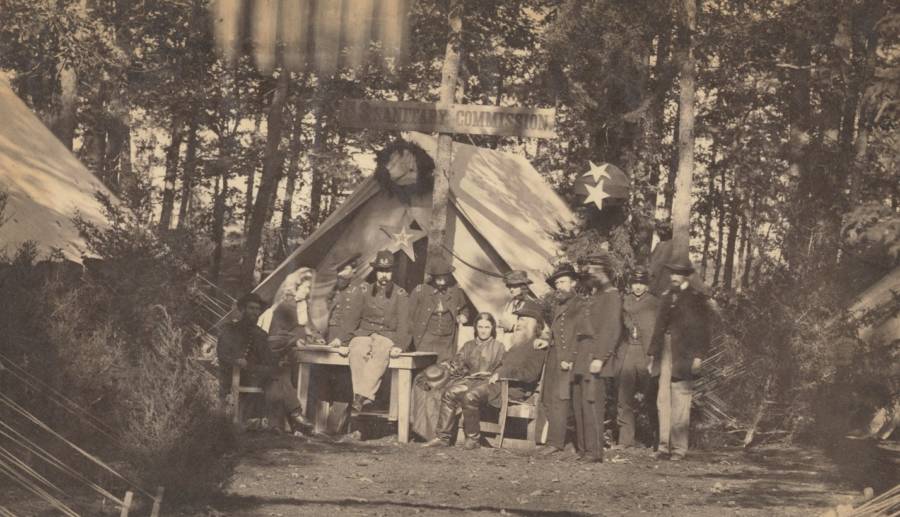
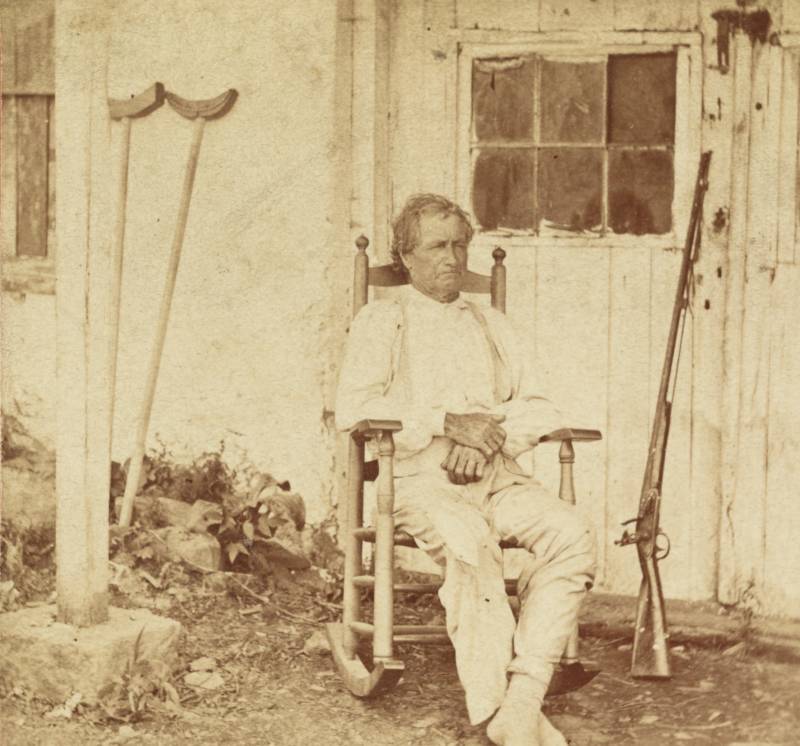
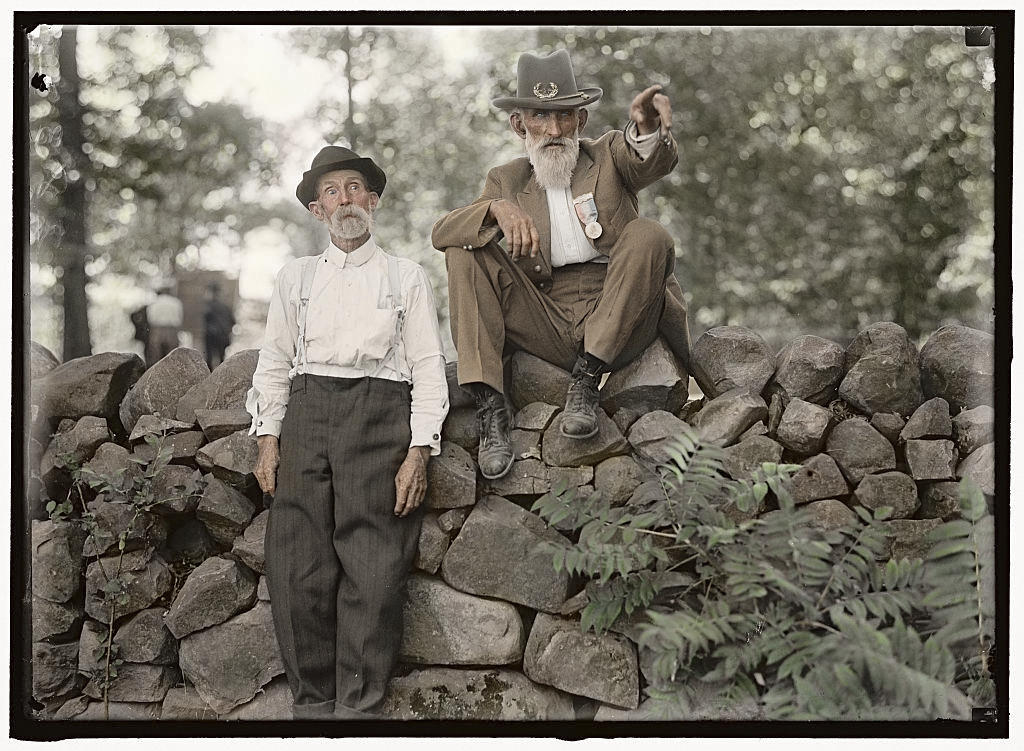
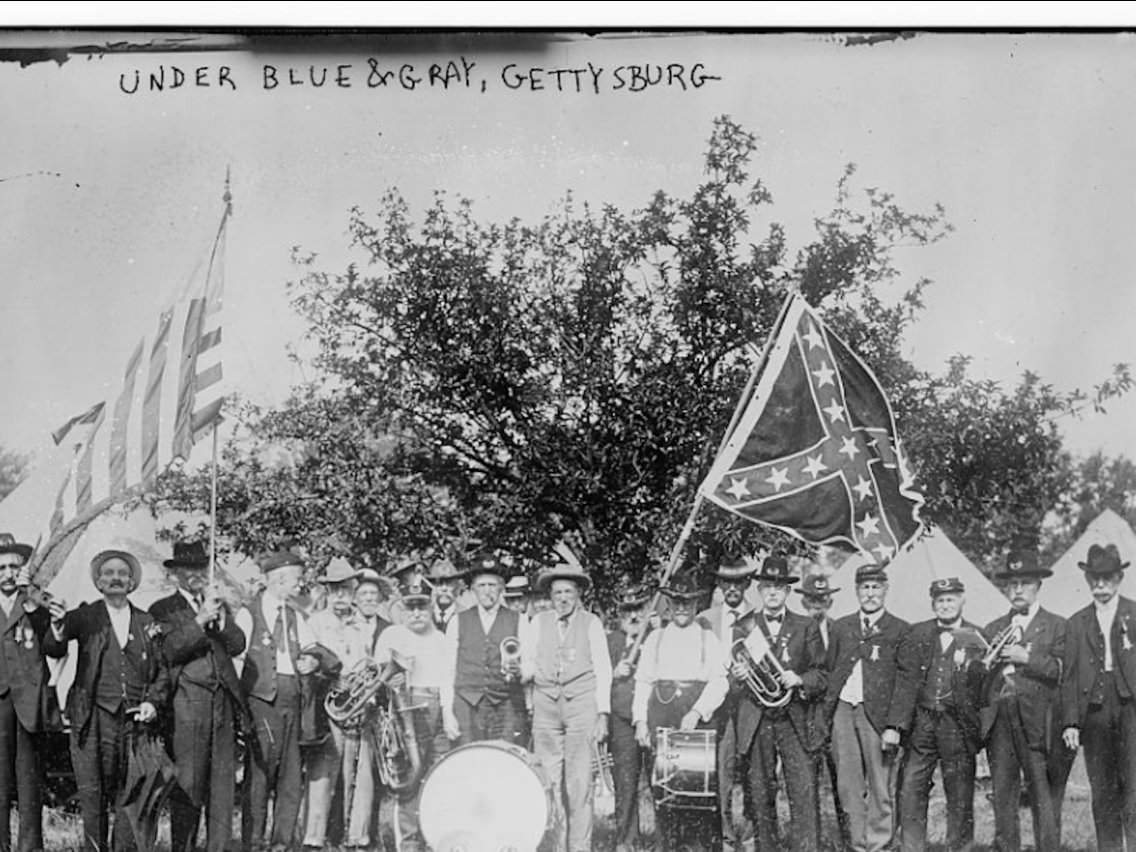
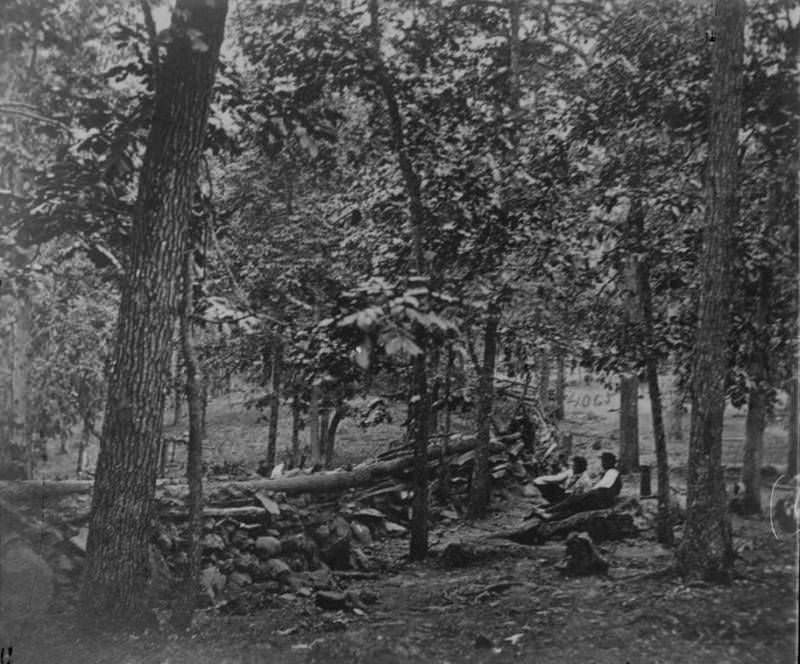
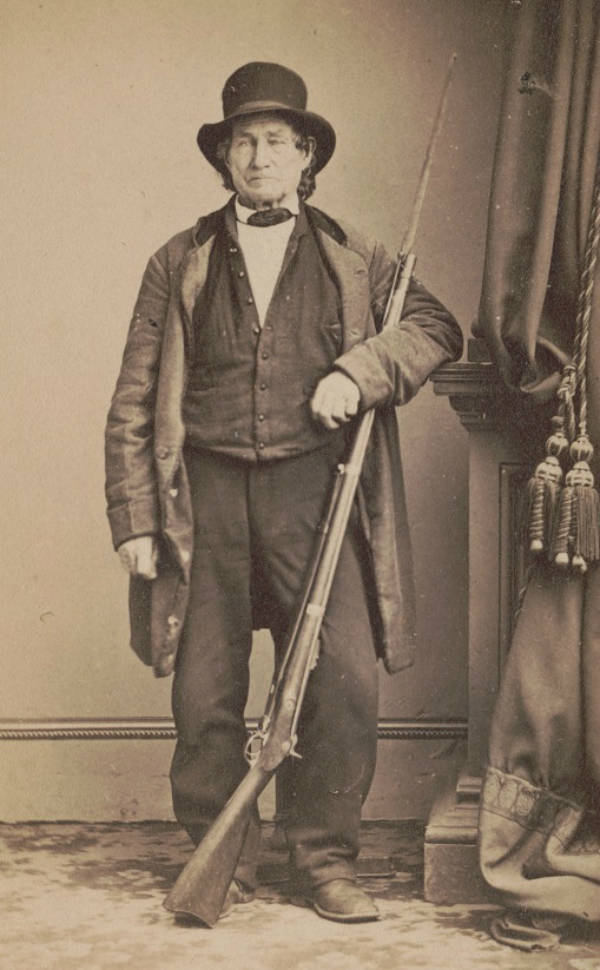
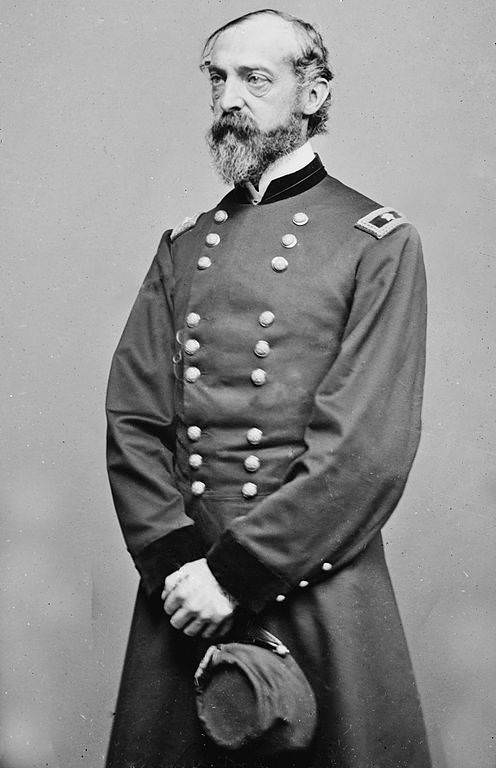
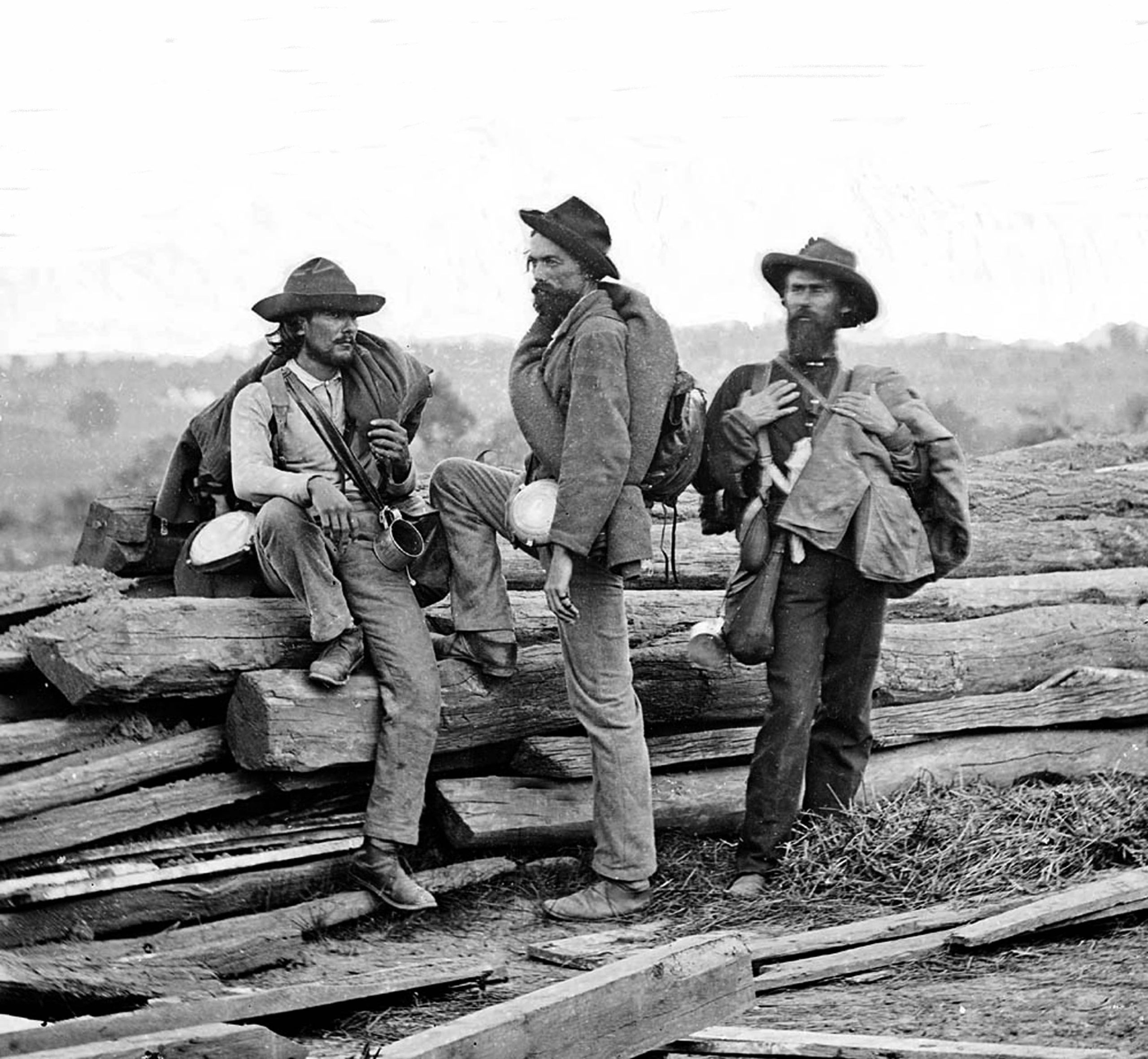
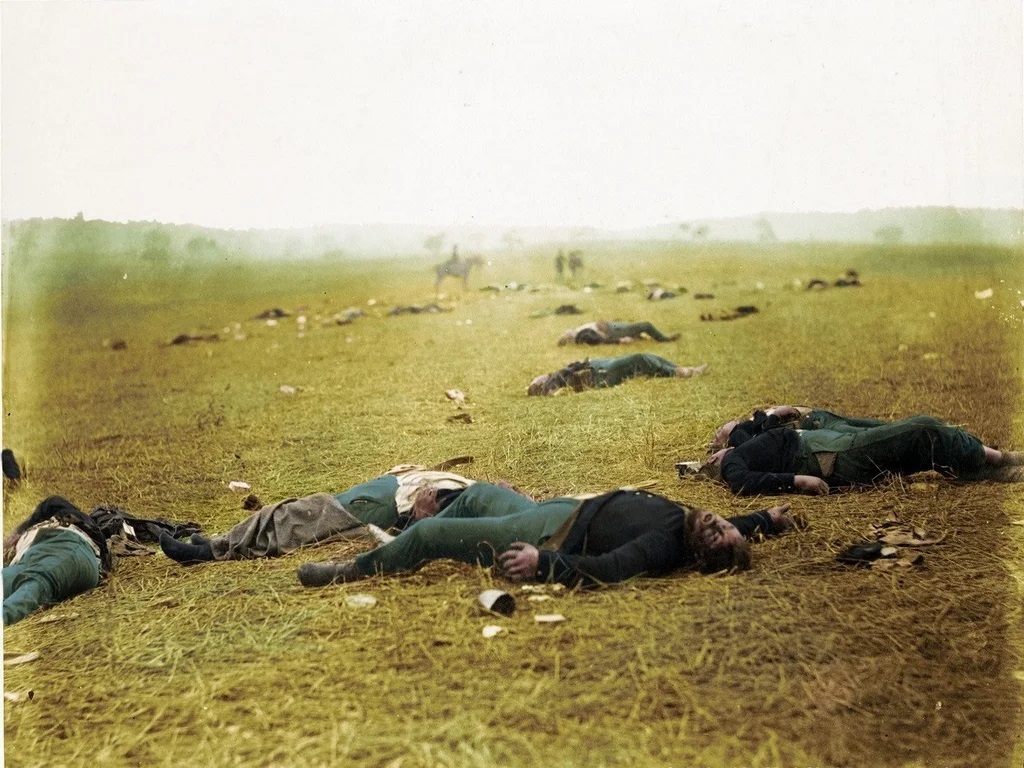
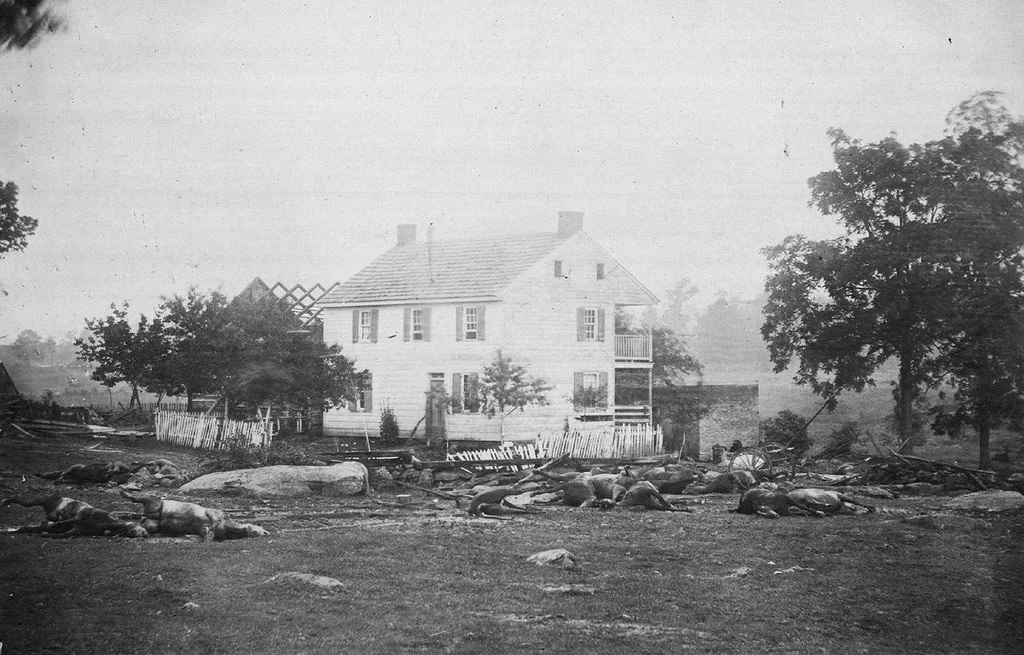
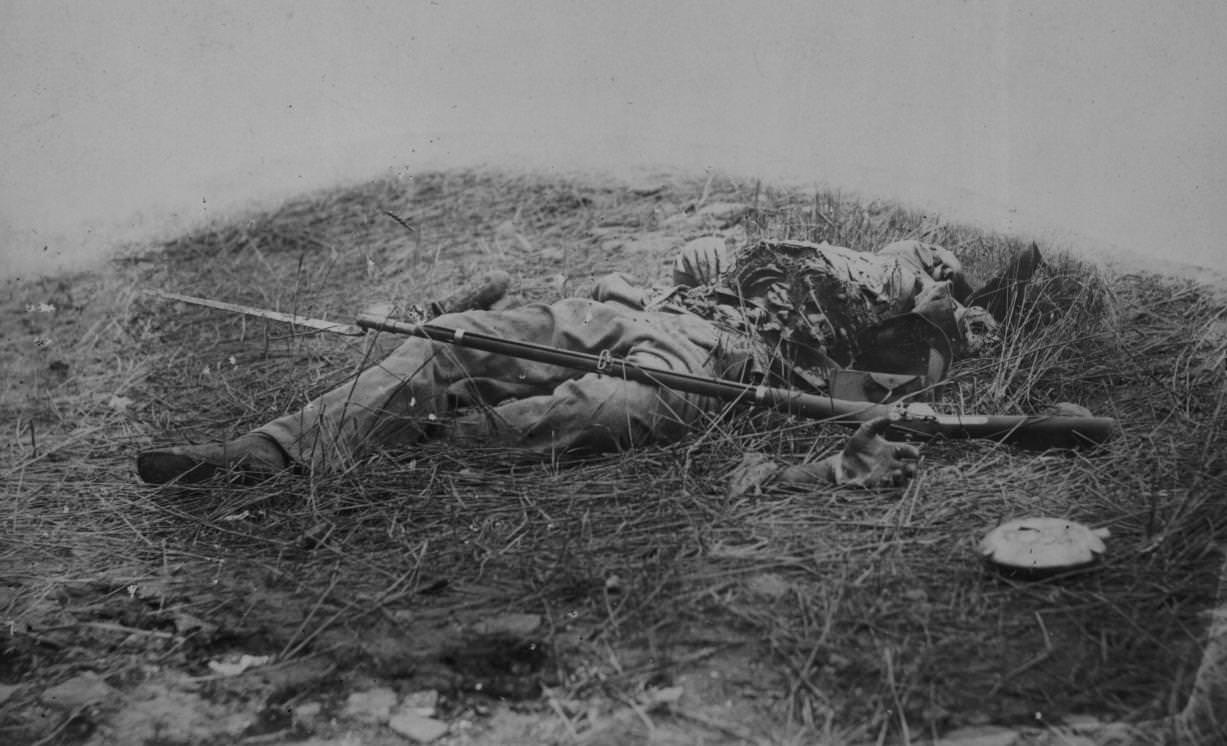
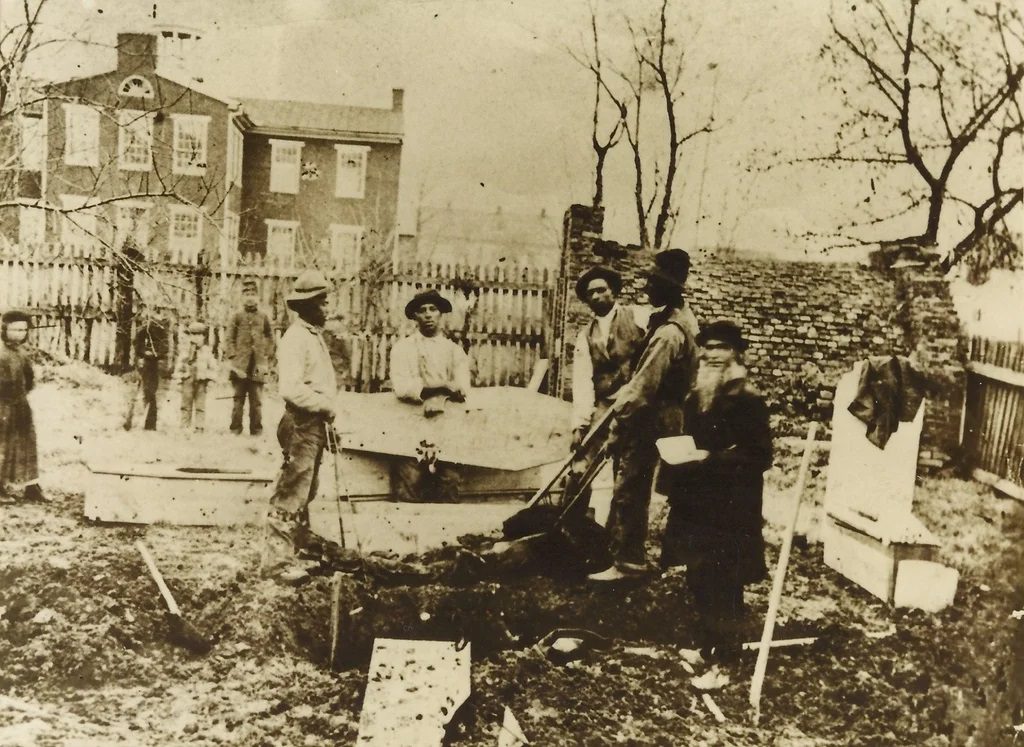
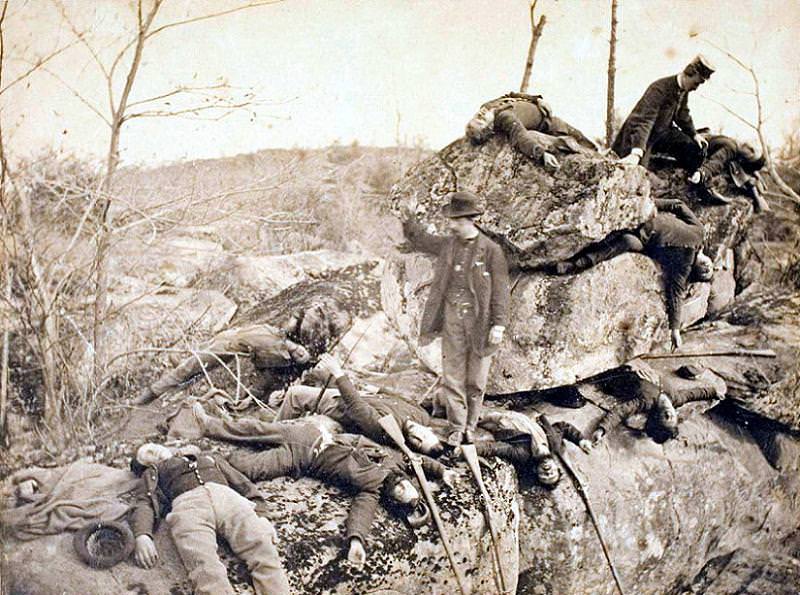
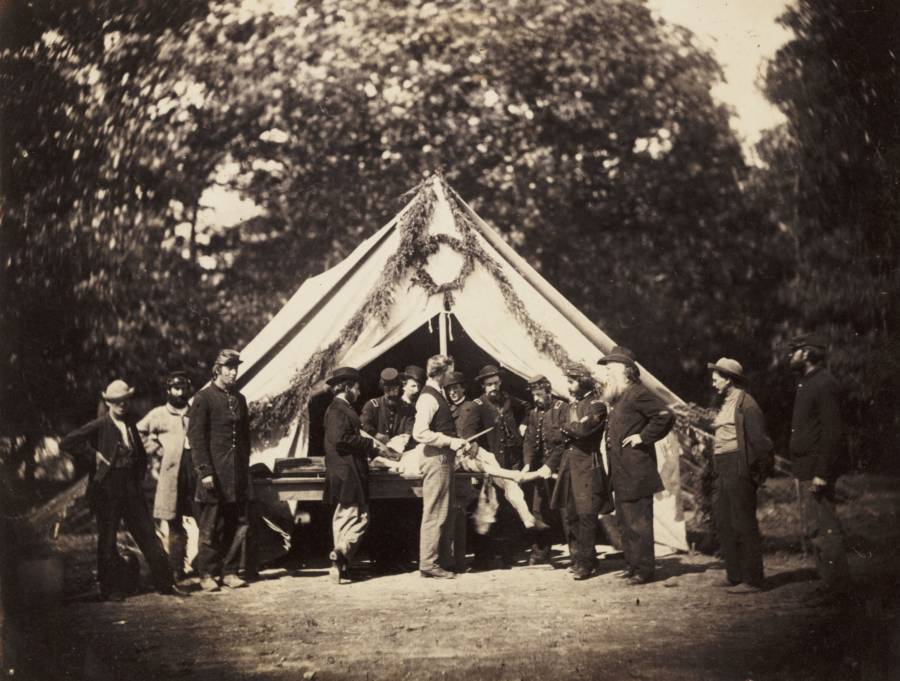
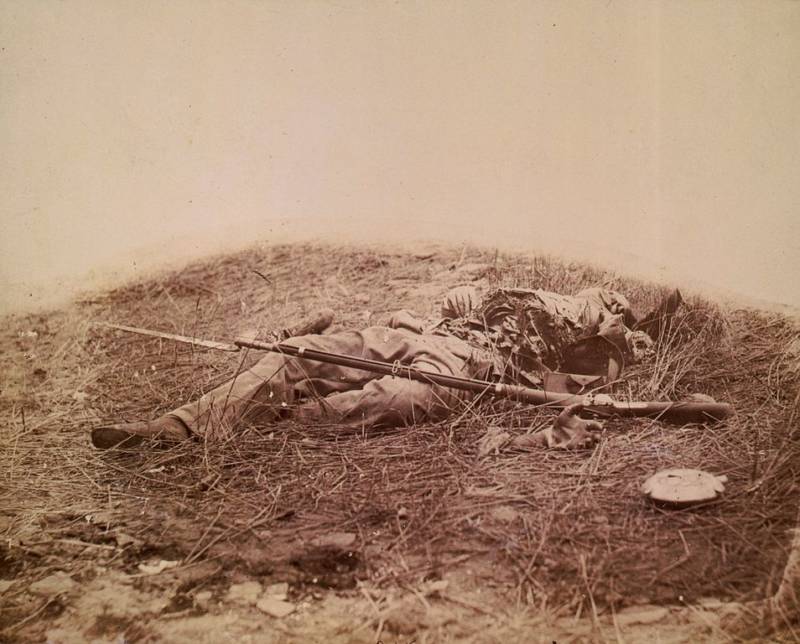
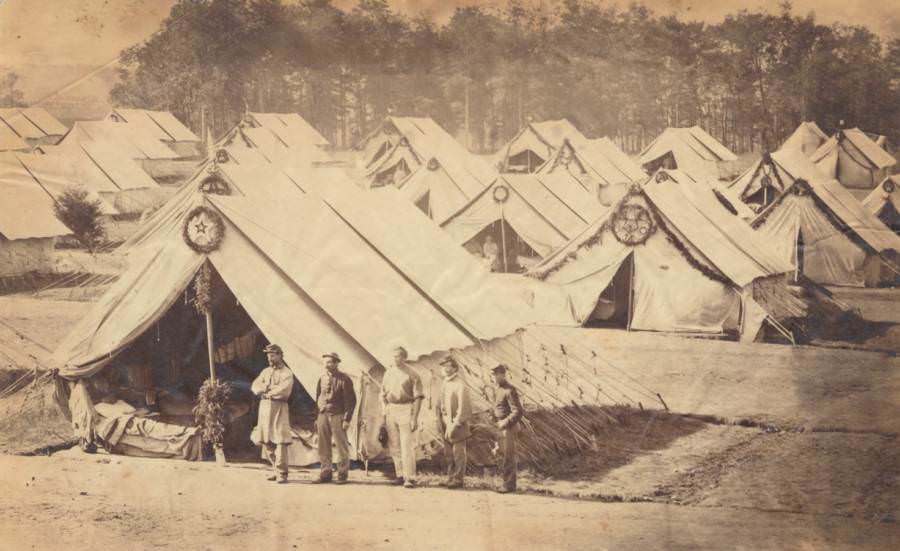
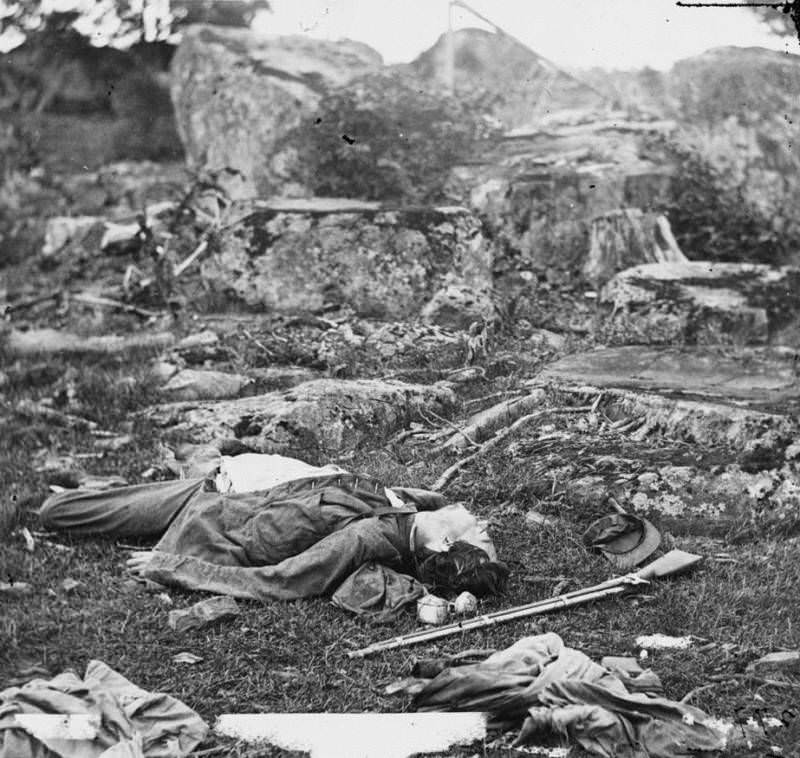
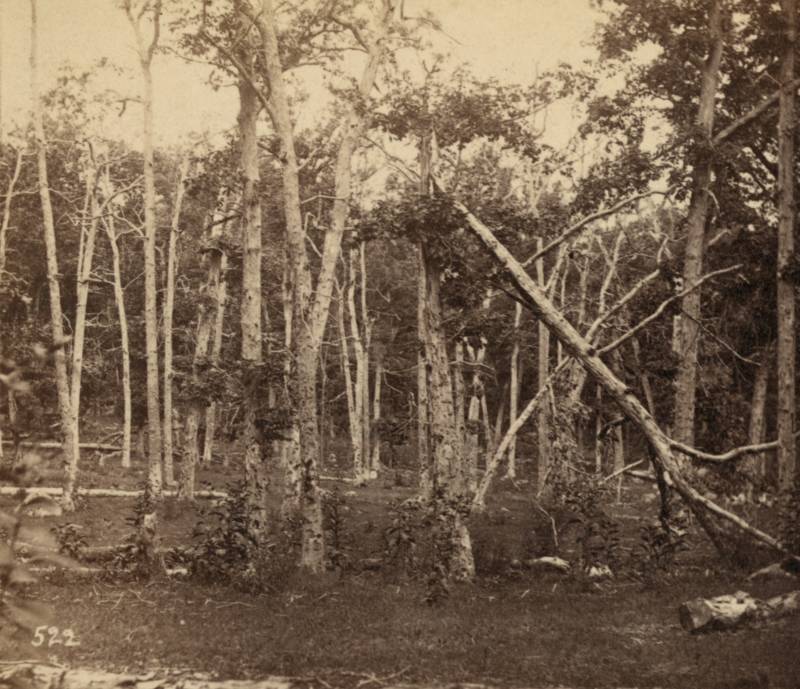
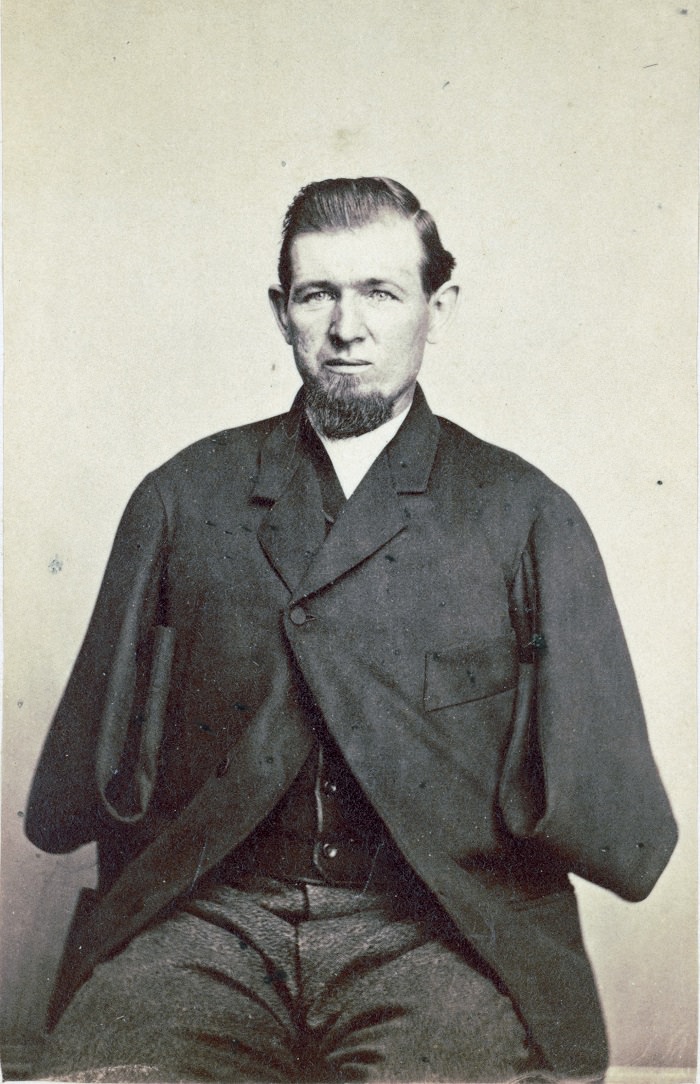
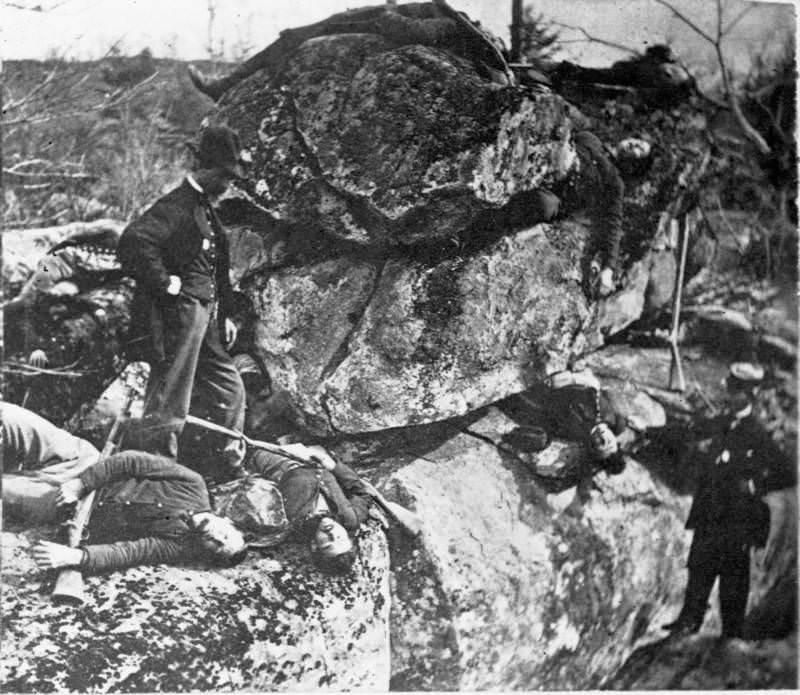
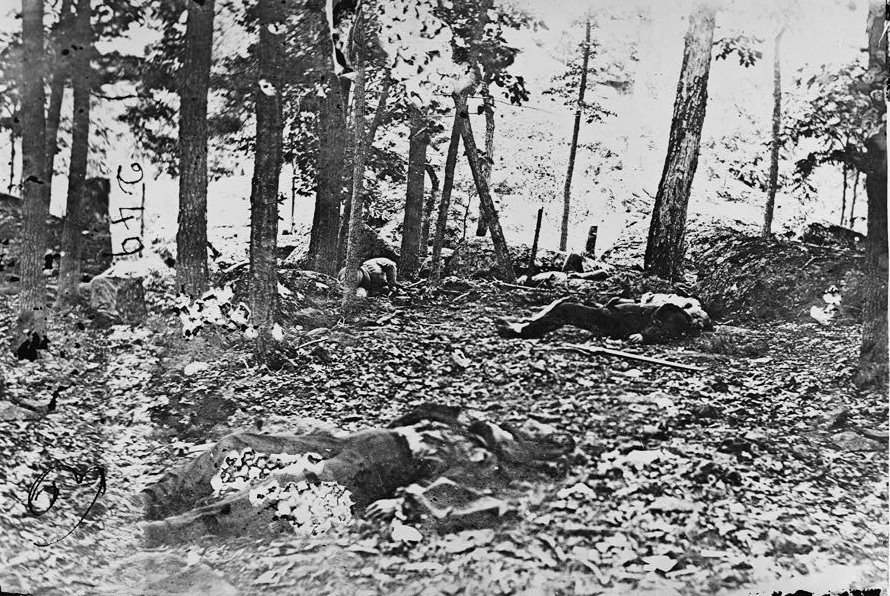
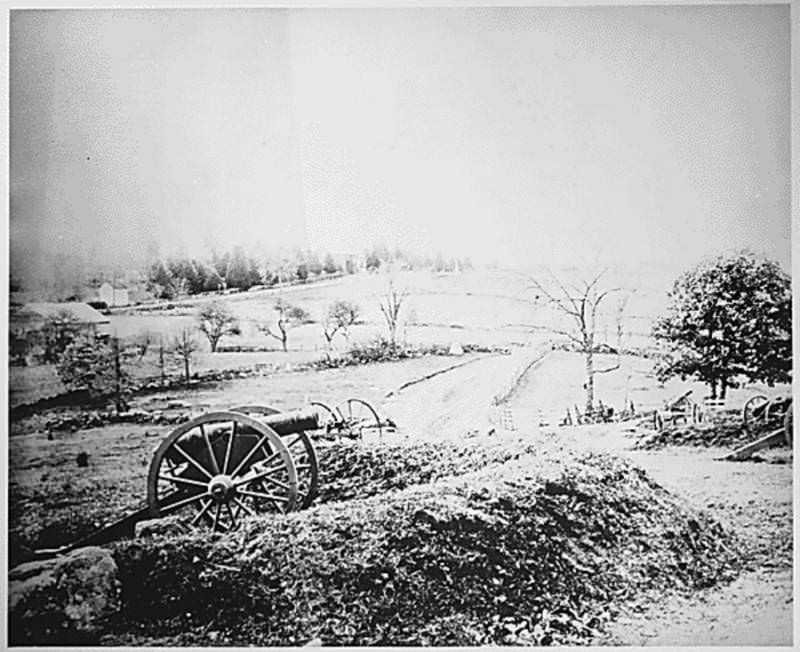
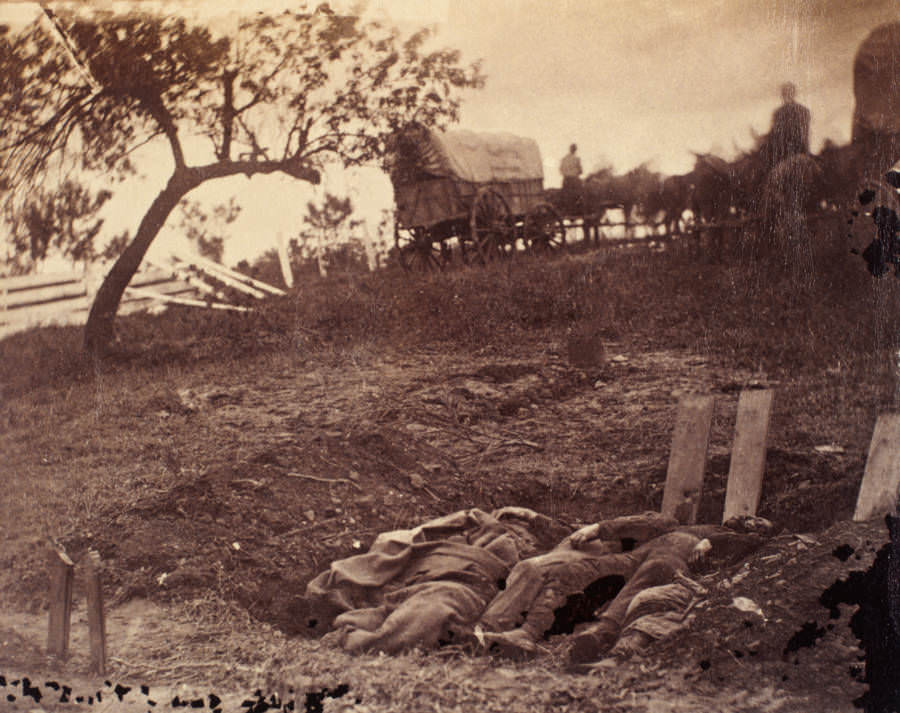
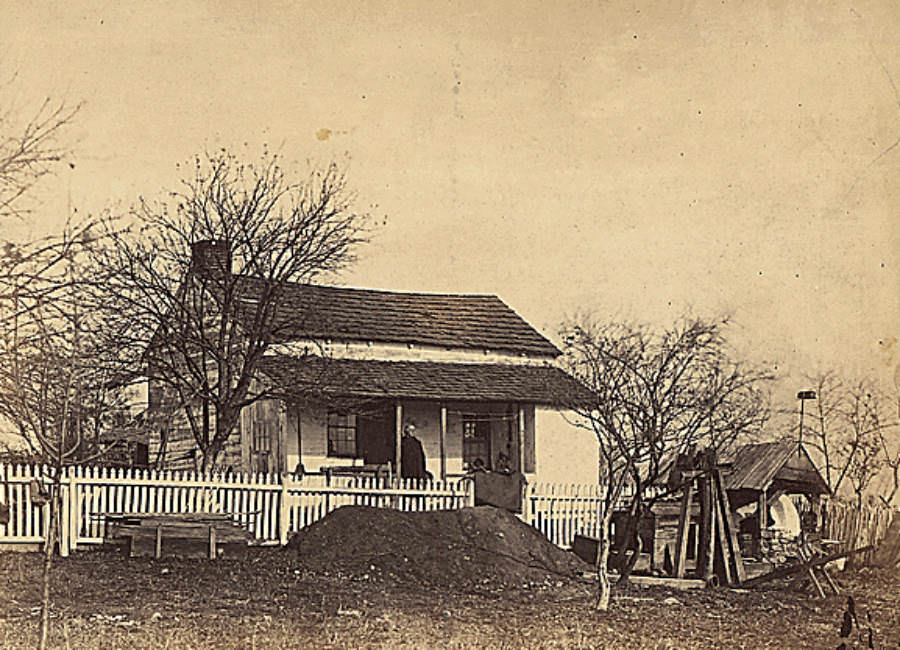
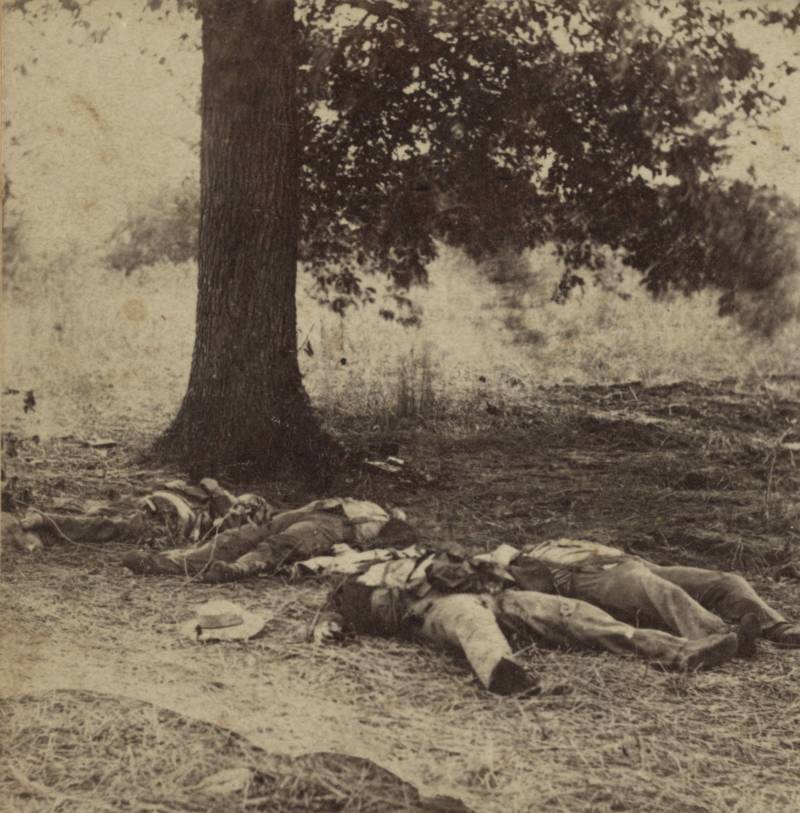
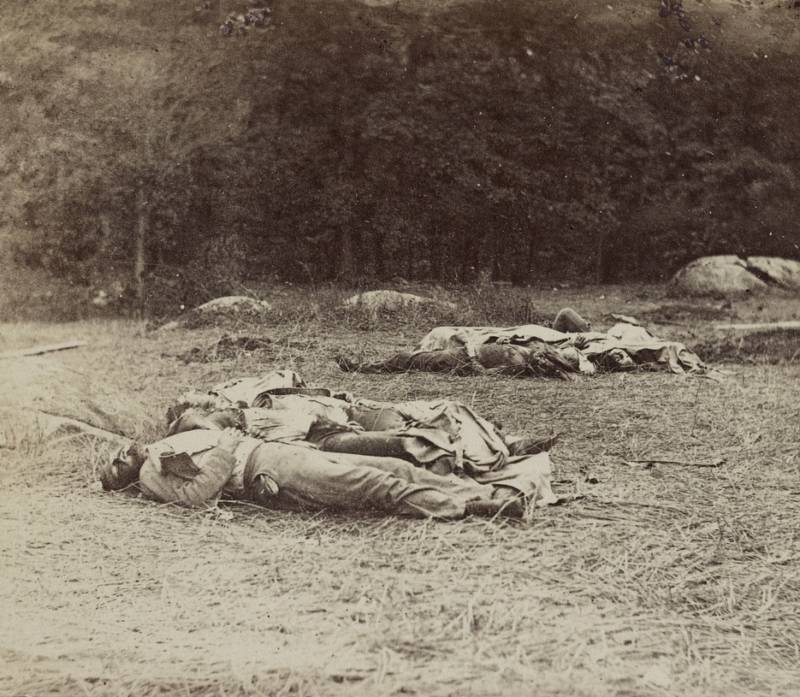
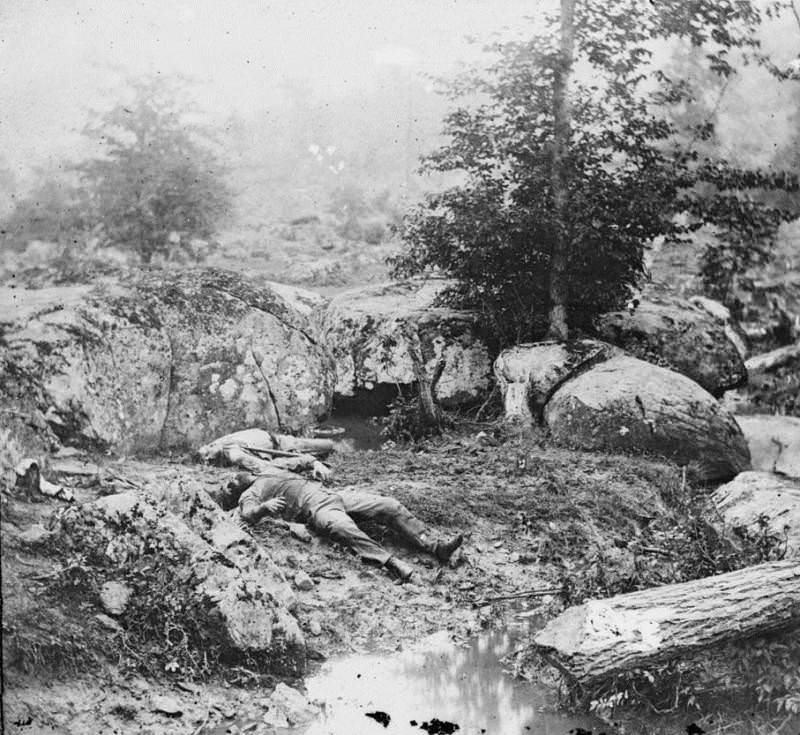
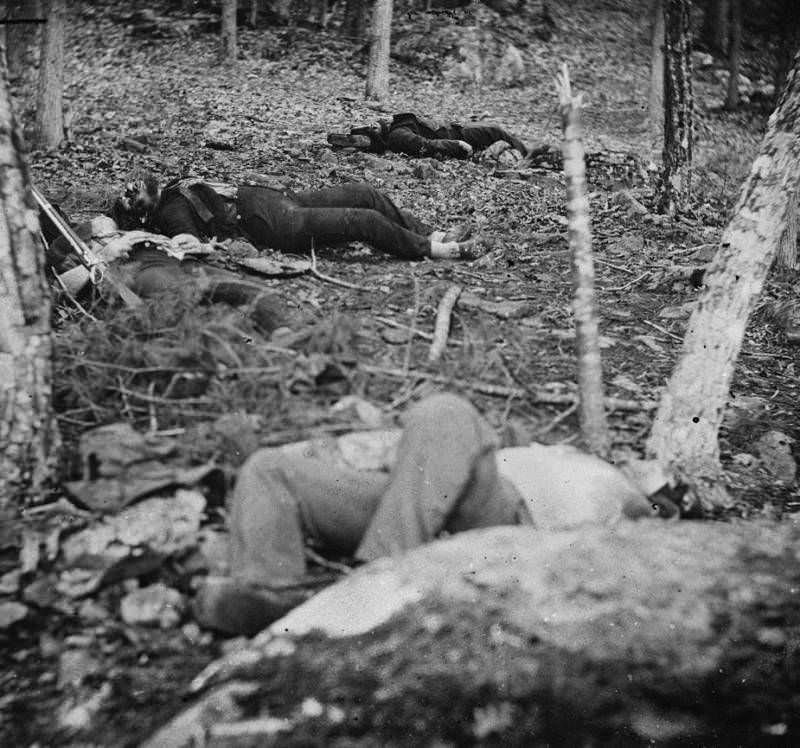
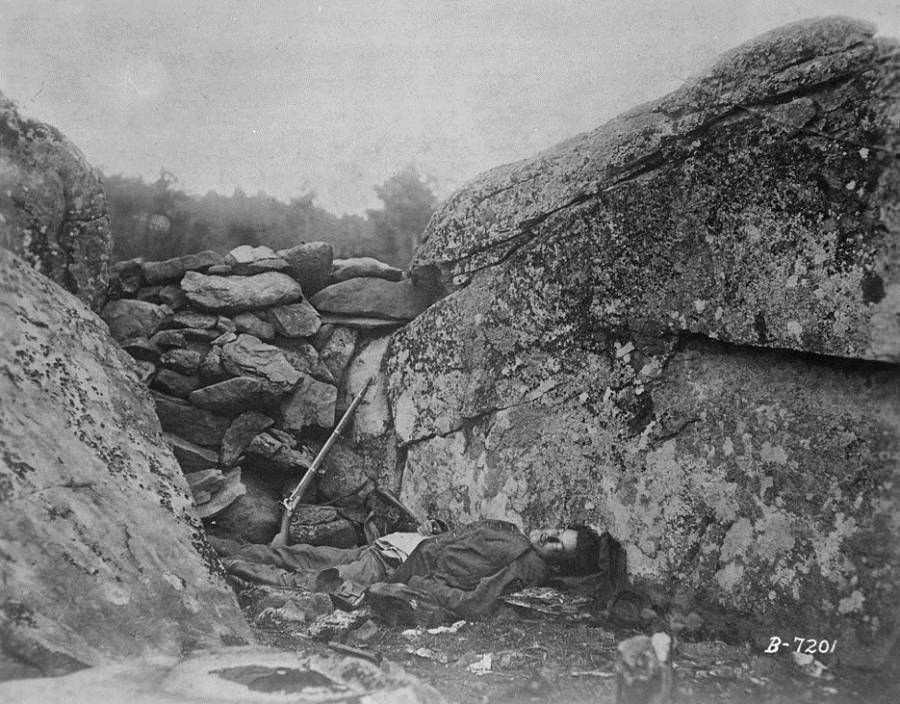
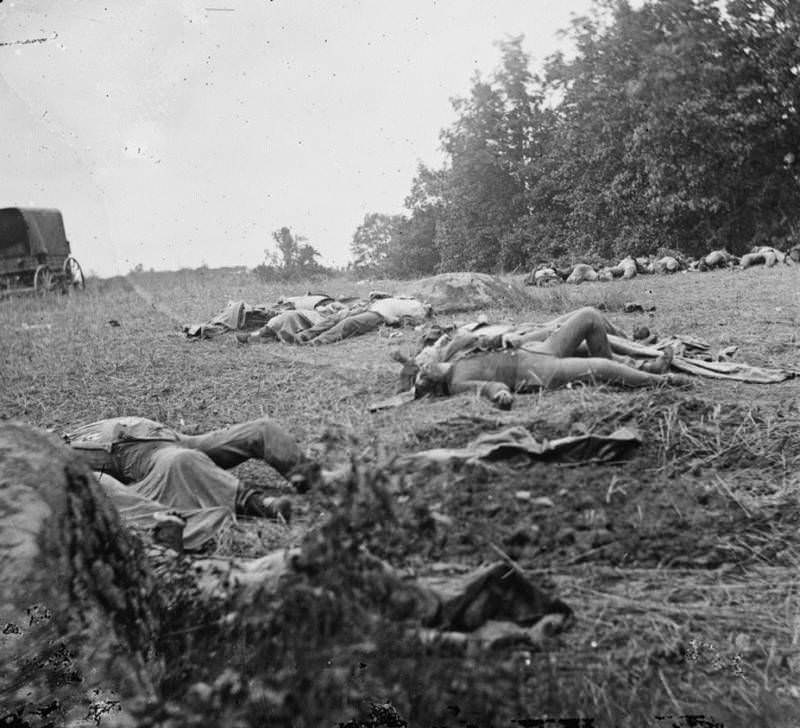
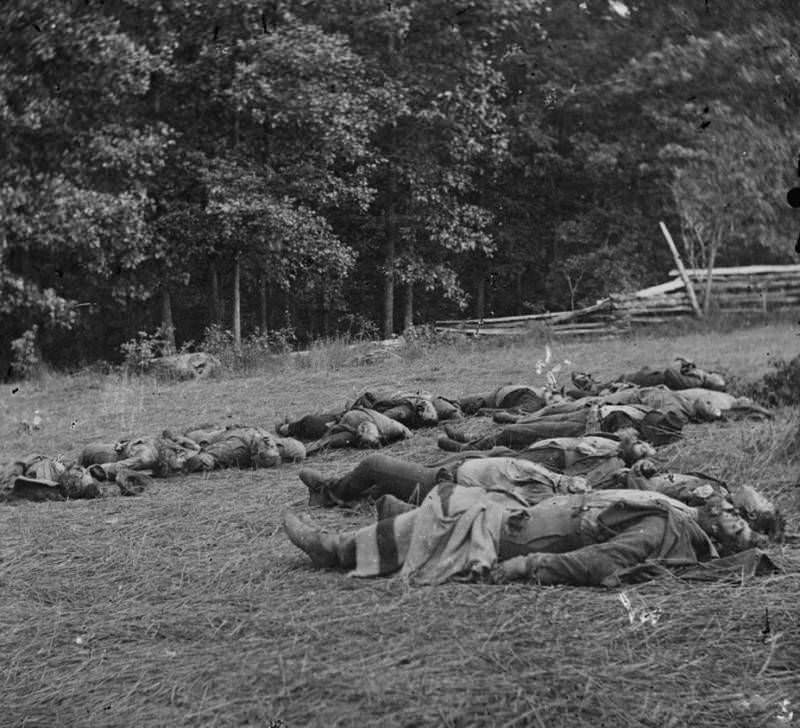
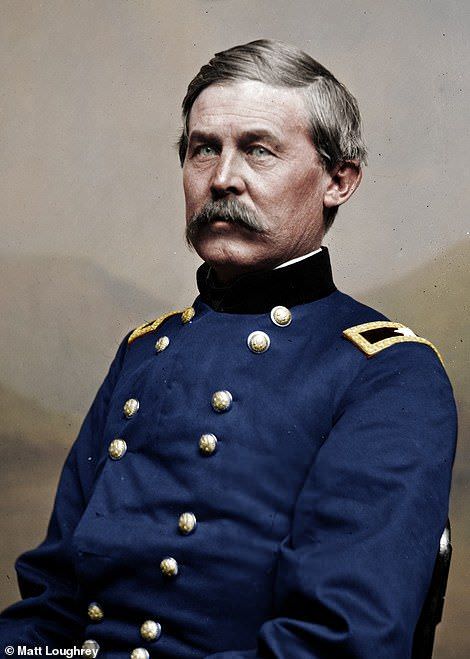
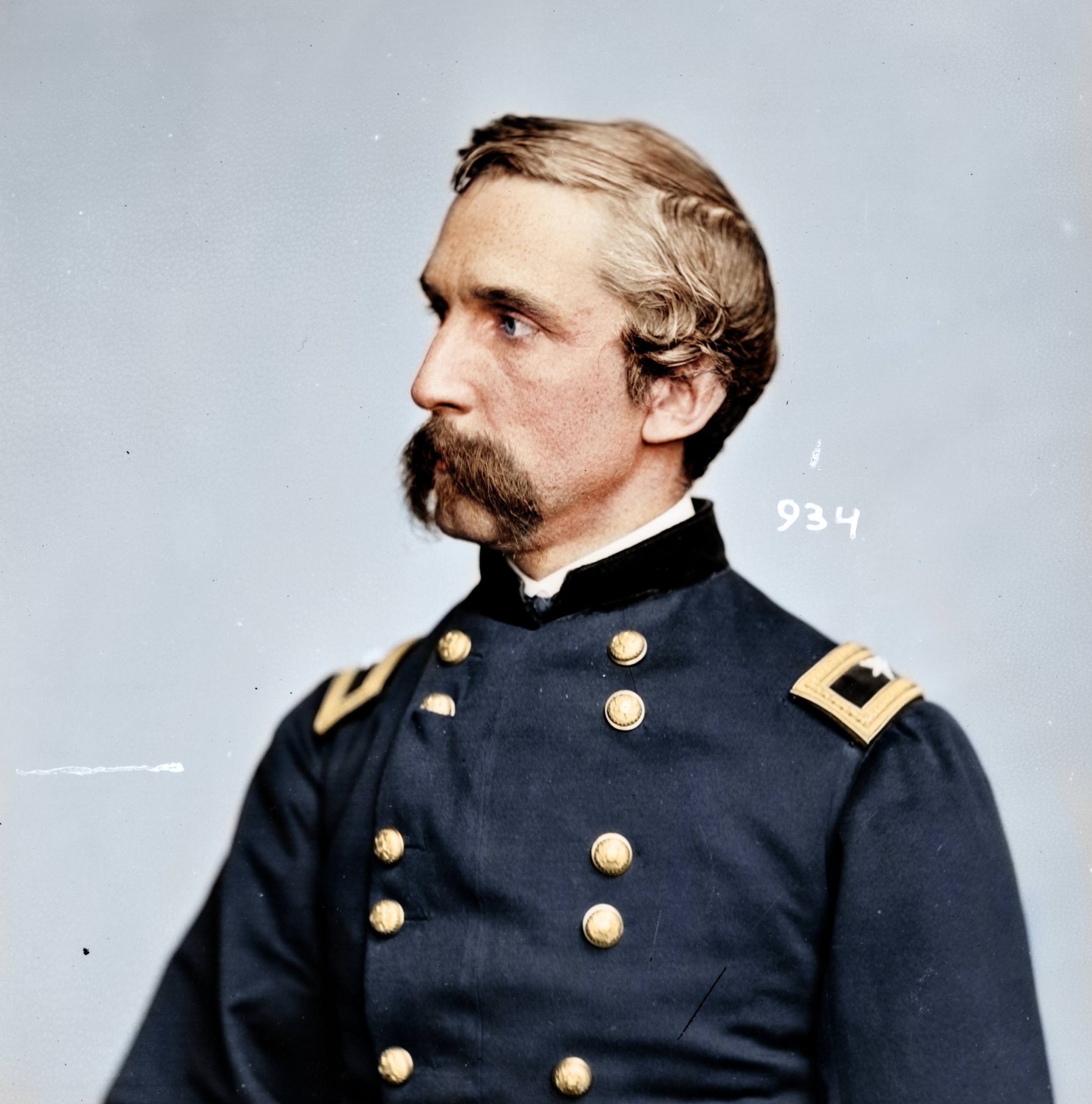
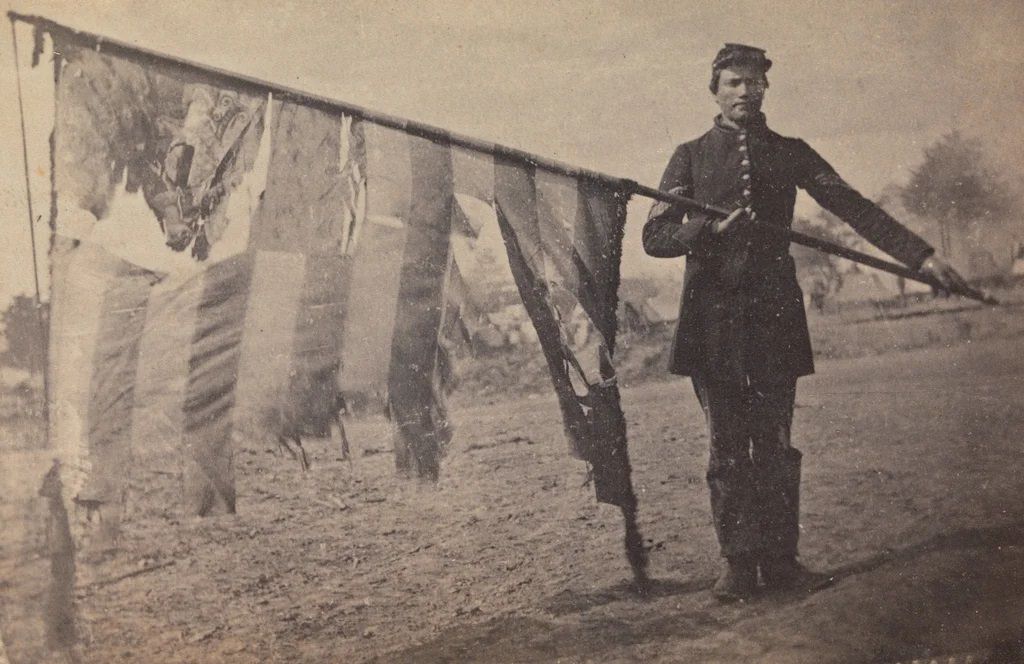
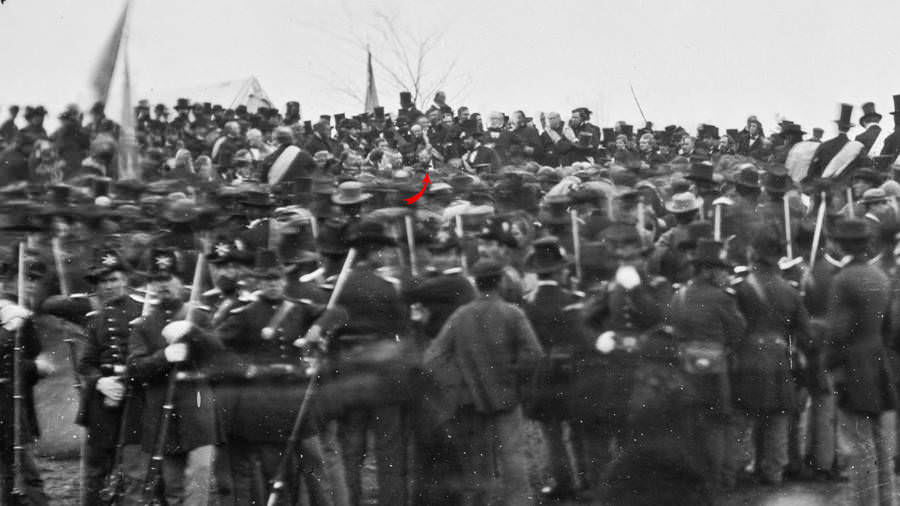
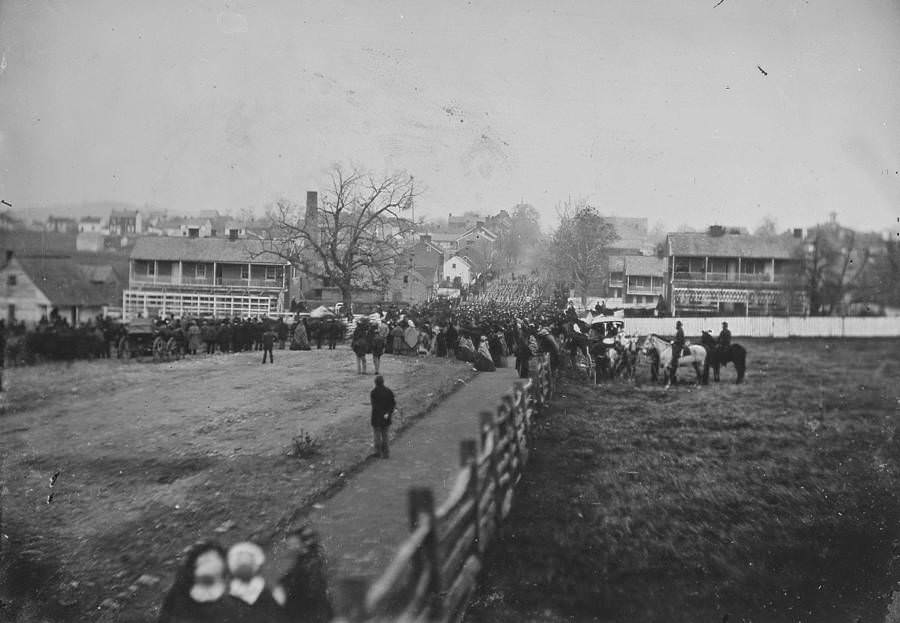
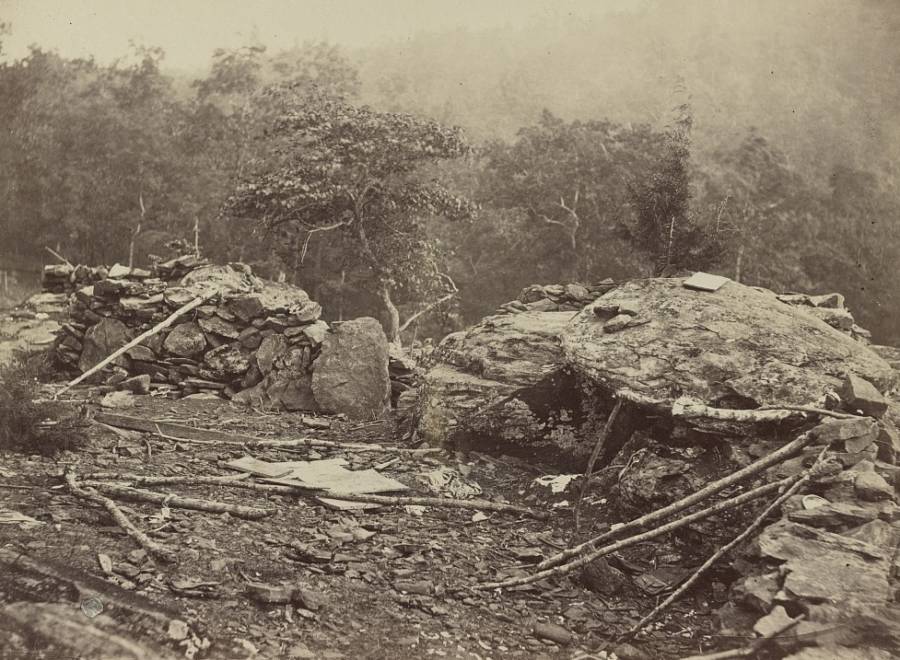
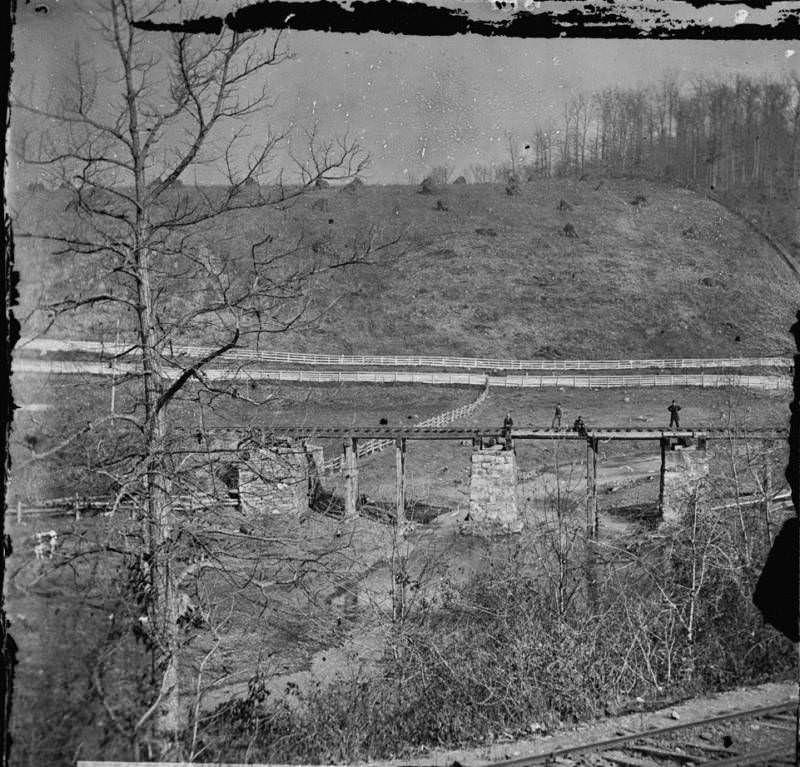
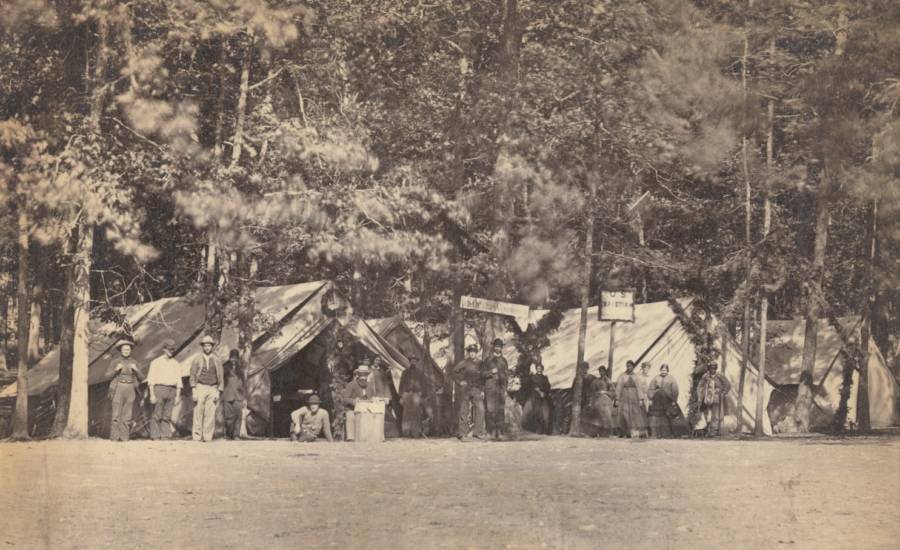
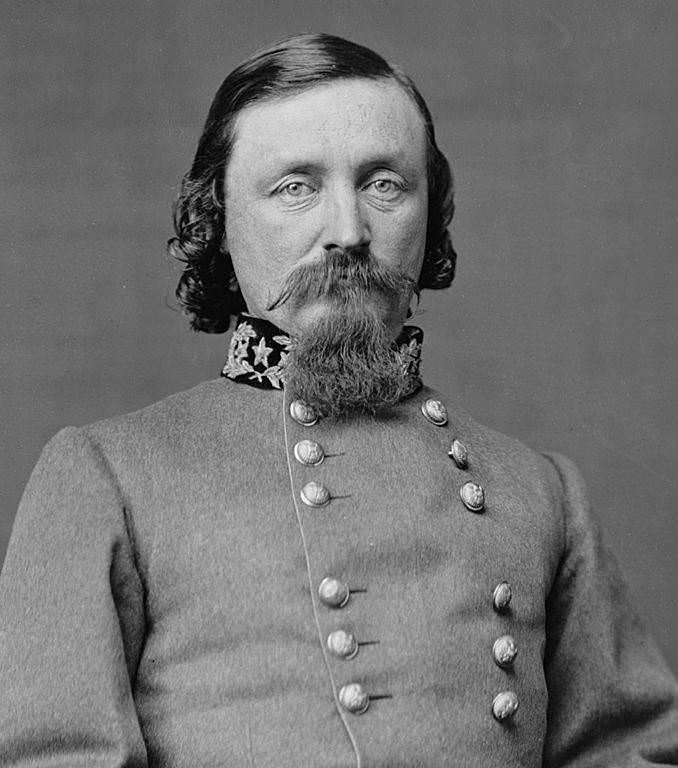
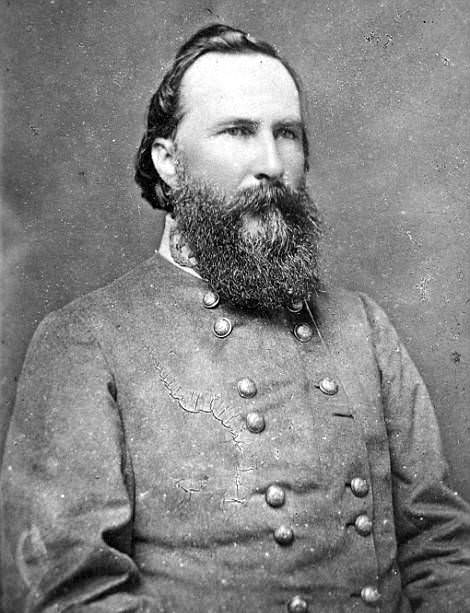
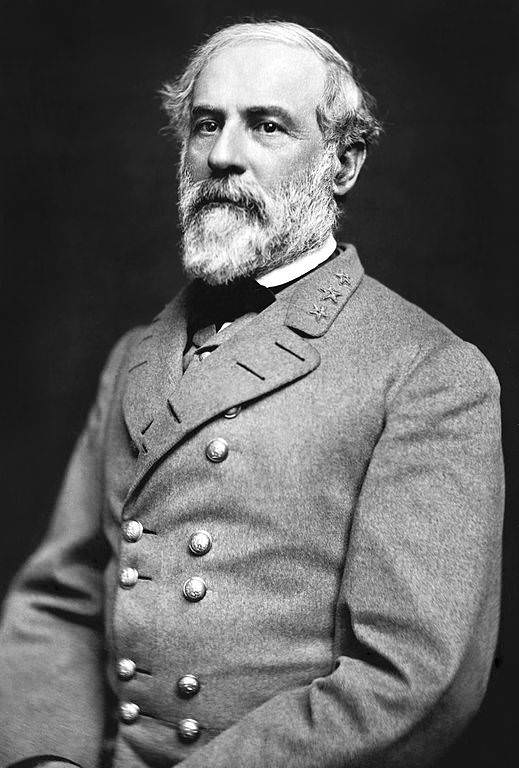
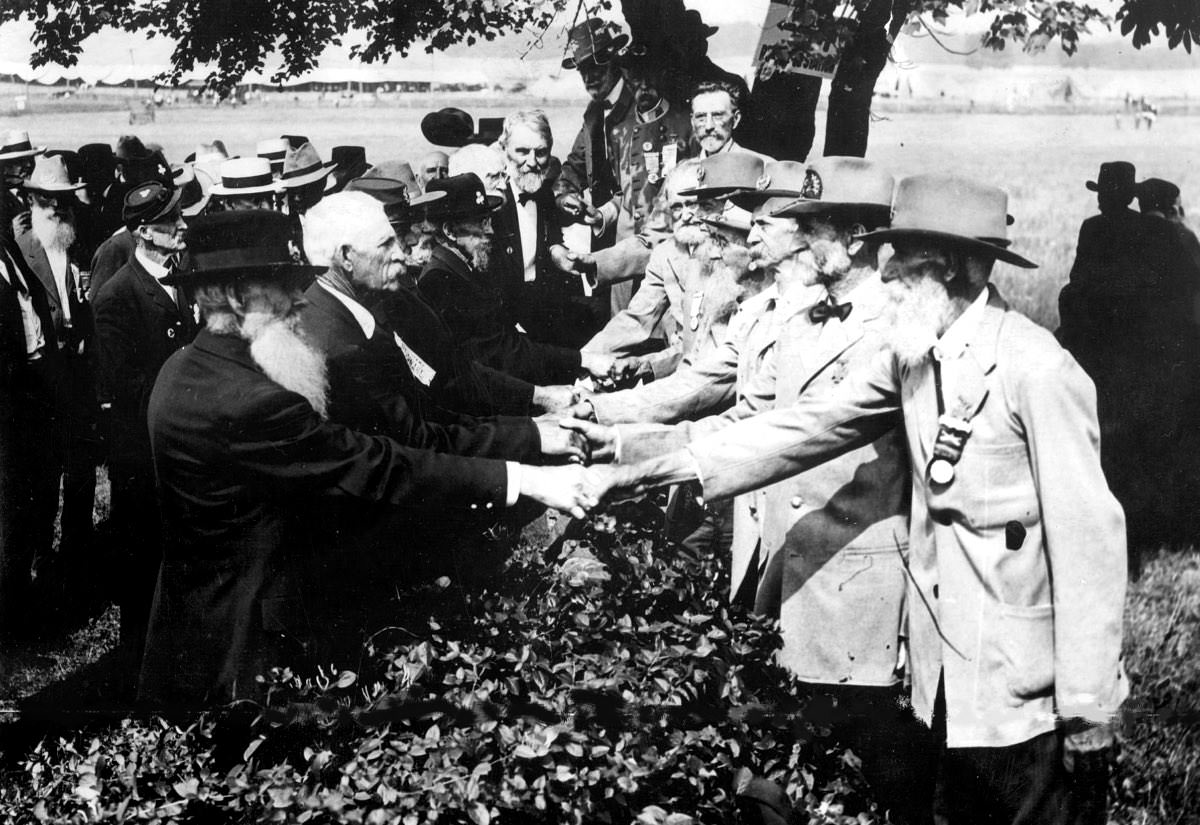

Gettysburg may have begun because of shoes. There were rumors of footwear supplies at Gettysburg, and many Confederate troops marched barefoot or with rags wrapped around their feet.
There’s more to it than that. The town of Gettysburg was located at a crucial junction of highways and railroads. It was surrounded by strong defensive ridges. In an effort to gain strategic initiative and decisively engage the other army, both armies maneuvered around each other. More than any attempt to forage, this ultimately led to the pitched battle.
Each army sent forward parties to scout Gettysburg and claim the strategic and defensive positions. On a ridge north of the town, the mutual skirmishing parties came into contact. Despite the town’s value and prior maneuvers of the campaign, the initial impetus may have been seeking shoes. Due to the strategic importance of the town and the fact that the enemy was nearby, both armies deployed their armies rapidly in order to prevent each other from gaining the strategic advantage. In a complicated combination of factors, Meade gained the powerful positions south of town that allowed Union Artillery to bombard a large area. Lee was forced to dislodge the Union as a result. Despite repeated assaults by the Confederates, the Union held its ground due to numbers, tenacity, and strong artillery.
Many battles begin small, usually with scouts or some sort of detachment meeting an enemy one, then reinforcements arrive, and before you know it there is a huge ass battle in front of you. For this reason, Stuart was heavily criticized for not scouting ahead of Lee or at least not successfully.
Many of the photos with big rocks are posed.
Those men didn’t die on top of the rocks and so on. The 2 people in the photo carried them and positioned them. Same with the famous sharp shooter photo. The soldier wasn’t a sharp shooter. Just some nearby body they found and positioned.
Honestly I find it distasteful that they posed these men’s bodies like common props.